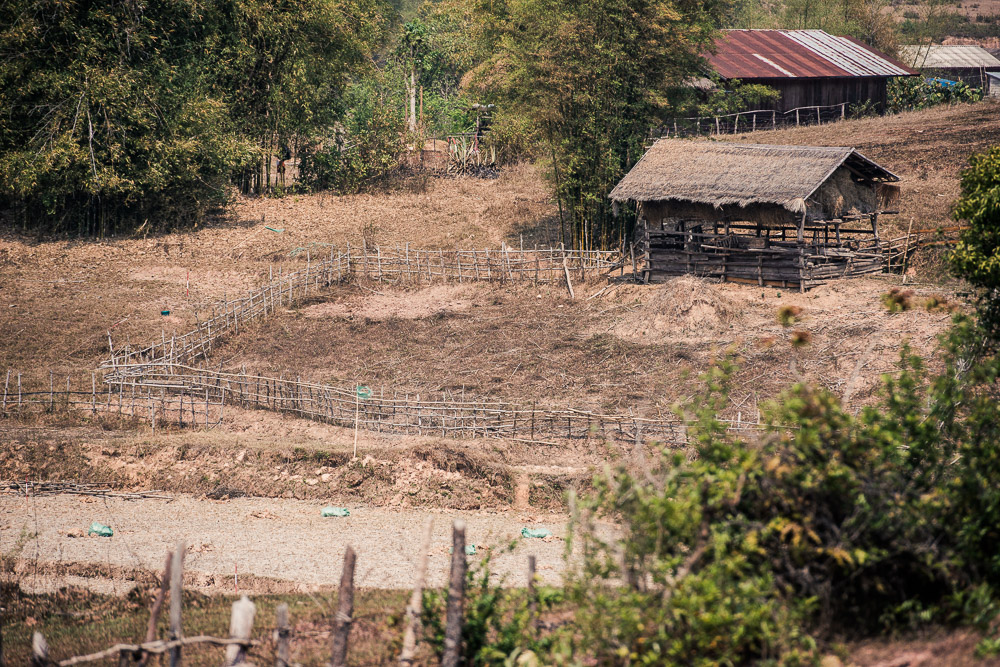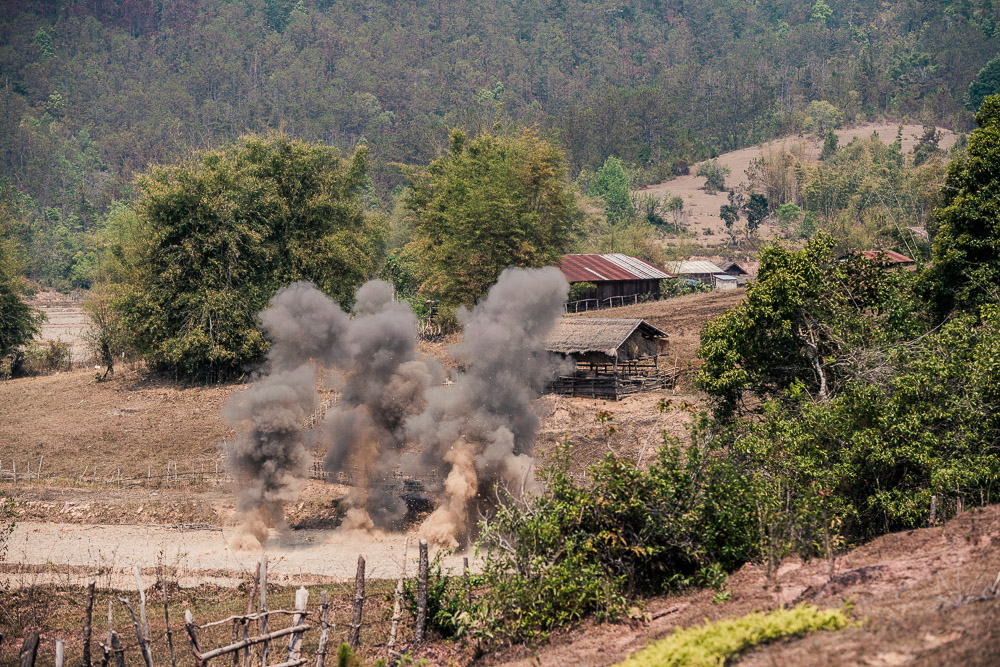Having worked at two very successful charities (Laureus Sport for Good, ELBA) before I became a photographer, I'm now always really excited to shoot for charities/NGOs. Theses jobs allow me to combine my two passions: photography and charity work.
I've shot events as a volunteer including some truly inspiring evenings on behalf of Magic Bus and their inspirational founder Matthew Spacie.
Matthew Spacie speaks at the Magic Bus Gala, Singapore, April 2014
I have also been lucky enough to travel to shoot for various NGOs including Spirit of Soccer (Laos), Special Olympics (Korea), The Island Foundation (Indonesia) and The Tabitha Foundation (Cambodia).
Spirit of Soccer participants, Laos, April 2015
Contestants at the Special Olympic World Winter Games, Korea, February 2013
Aung San Suu Kyi meets a participant at The Special Olympics Winter Games, Korea, February 2013
Along the journey, working directly for charities as well as taking photos for their marketing and PR requirements, I have met some incredible people: charity workers, volunteers, celebrity supporters and of course the beneficiaries themselves.
I've been lucky that my work has mainly revolved around the use of sport as a tool to engage with young people with social challenges. Sport provides an excellent platform to teach and help these young people. It also provides a lot of fun and some wonderful photographic opportunities.
Shooting for NGOs not only provides superb photos, it also gives me a chance to reflect and to realise how fortunate I am to do what I do and to live where I live. I always come back feeling humbled and really motivated to move forward and take more and better photos.
Contestant at the Special Olympics World Winter Games, Korea, February 2013
Tabitha Foundation participants, March 2012.
Spirit of Soccer coach, Laos, April 2015
Yao Ming at the Special Olympics World Winter Games, February 2013, featured in the Shanghai Morning Post
































